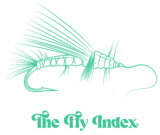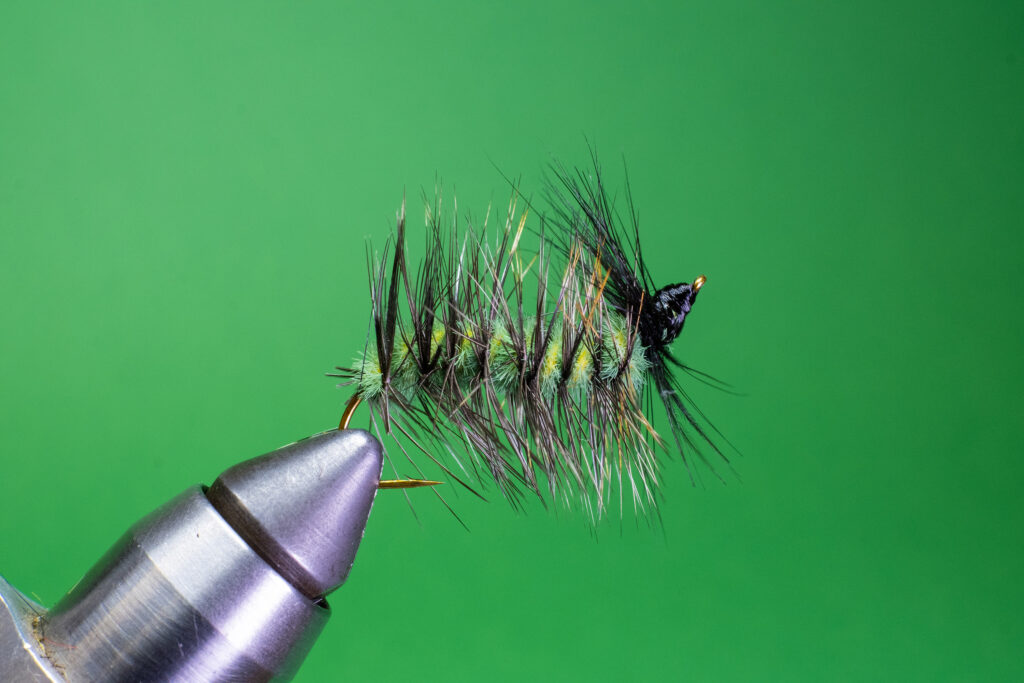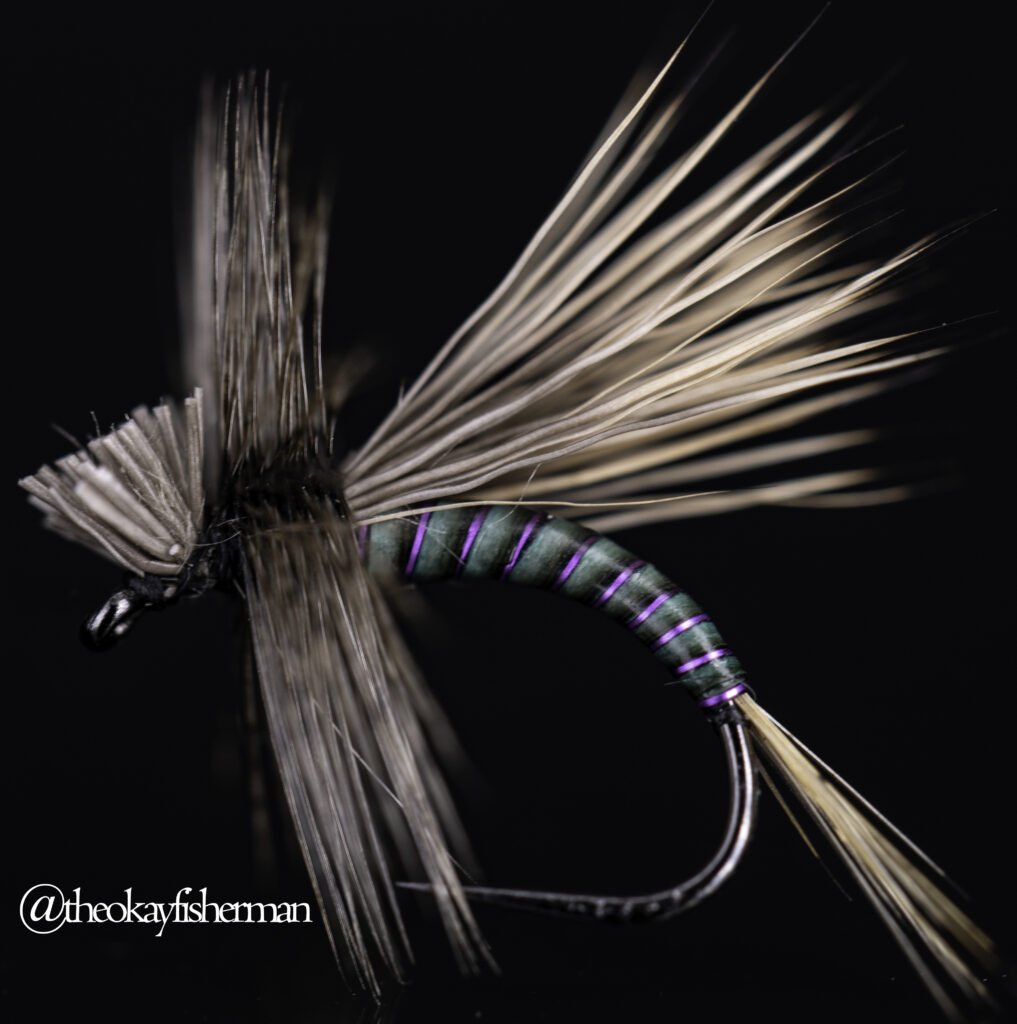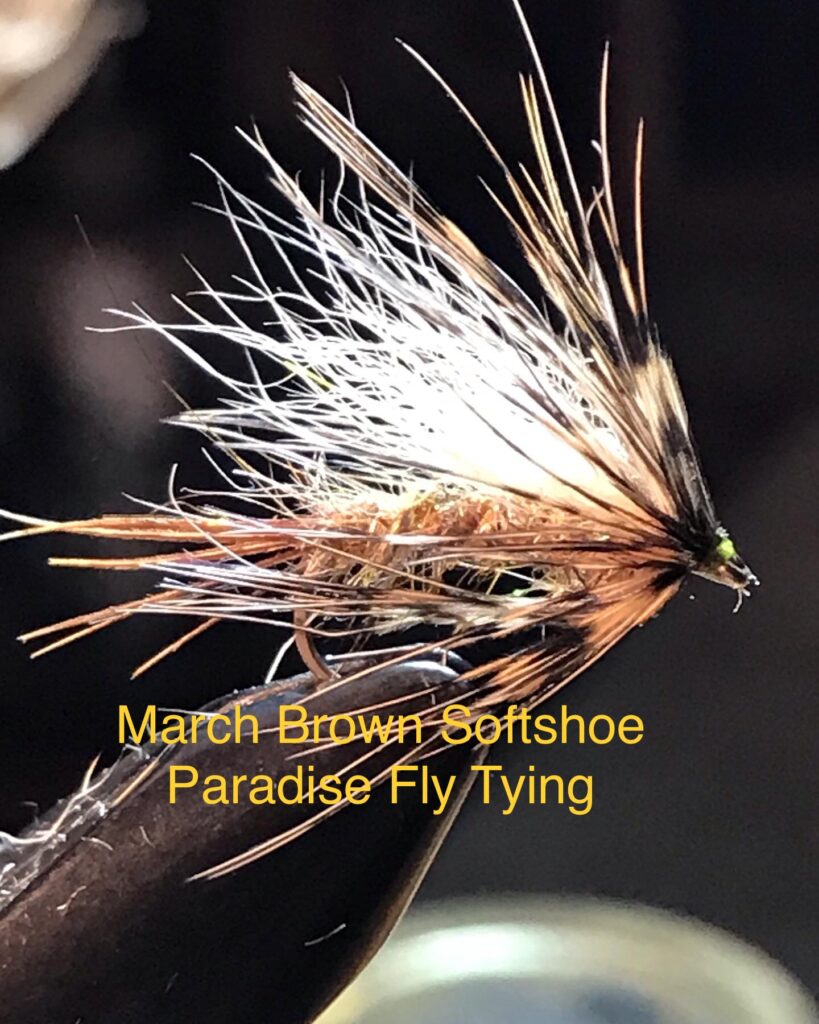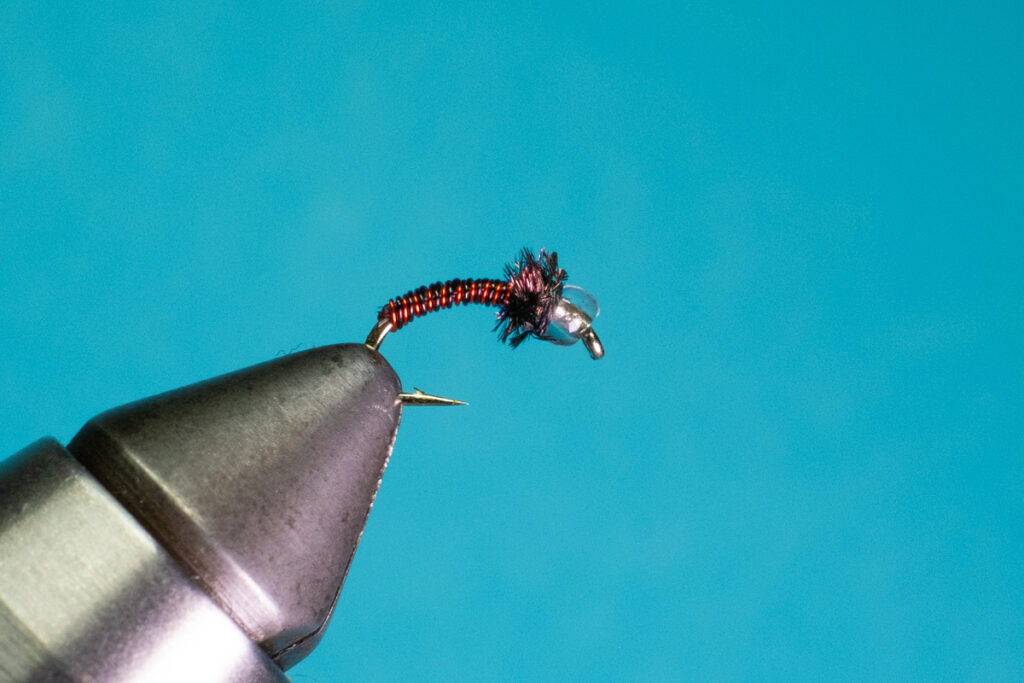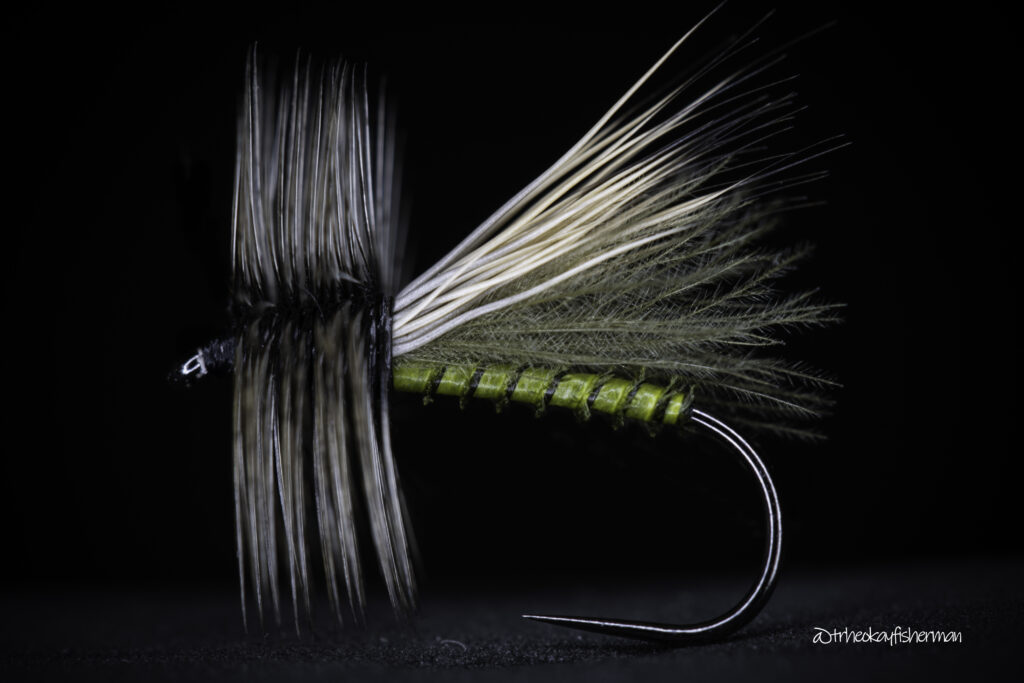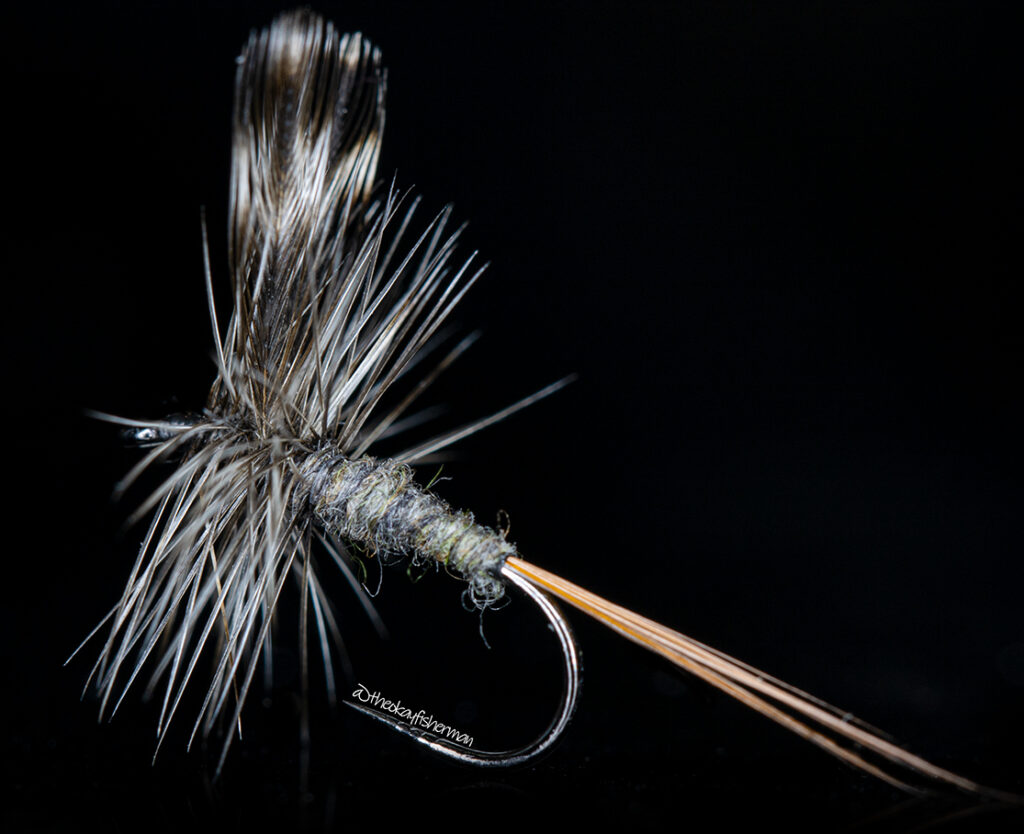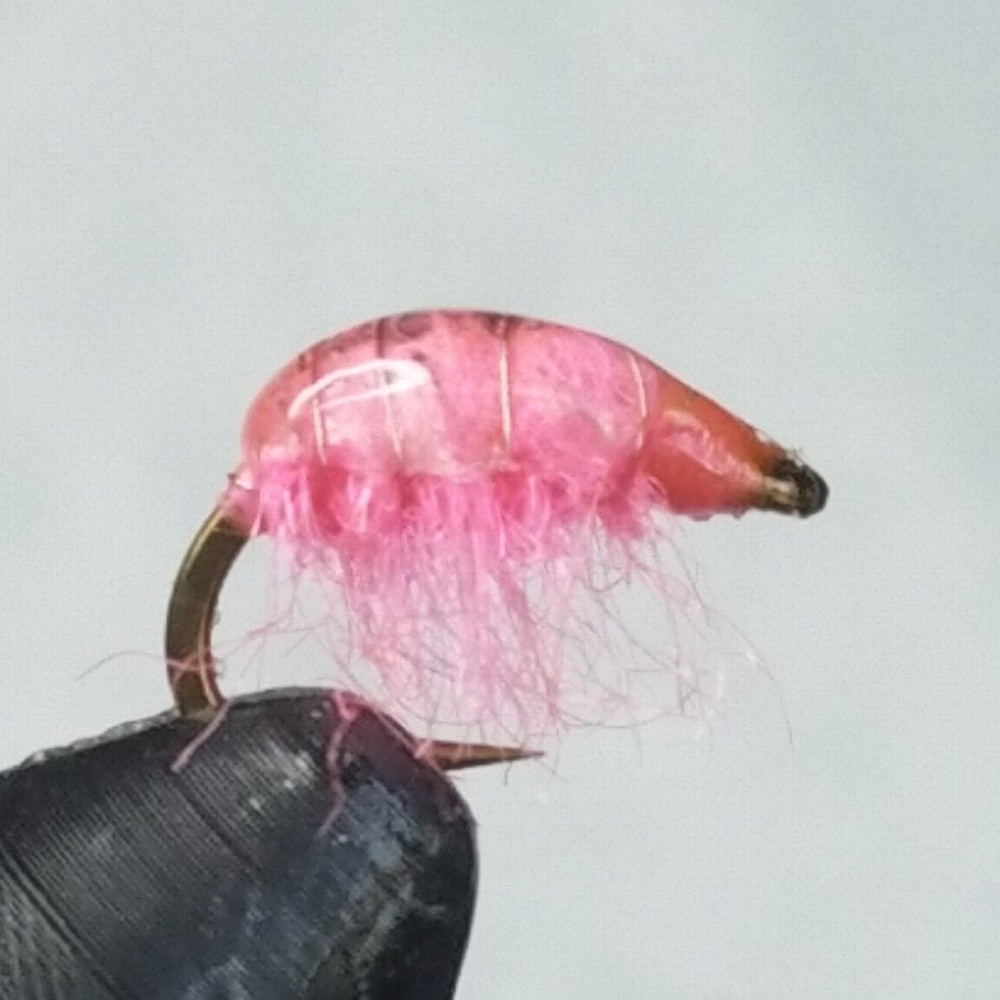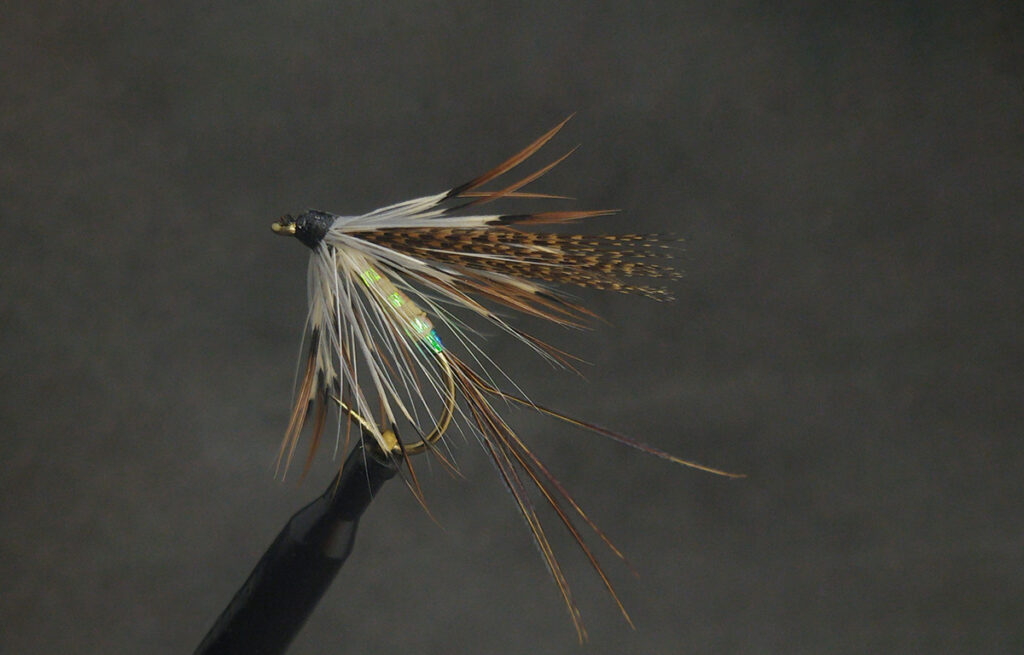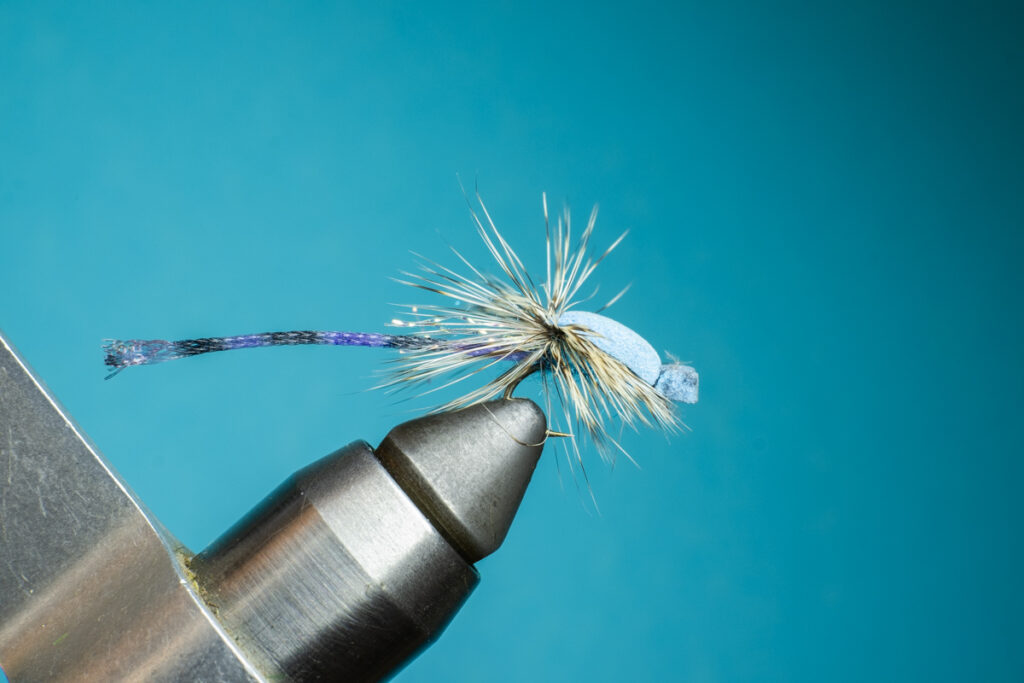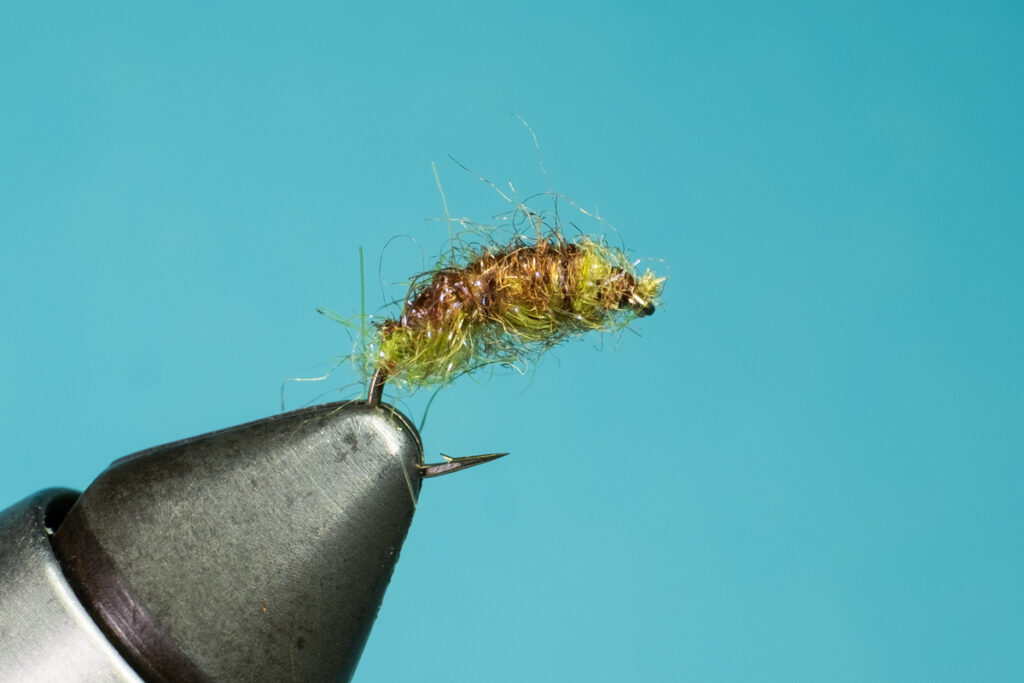Caterpillar Dry Fly
I’m not sure why caterpillar fly patterns aren’t as popular as hoppers, beetles, and ants, but they should be! Especially useful in waters with overhanging trees and bushes, a big caterpillar makes for a big meal for a hopefully big trout. They’re easy and fast to tie, and they float really well. This version is […]
Caterpillar Dry Fly Read More »
